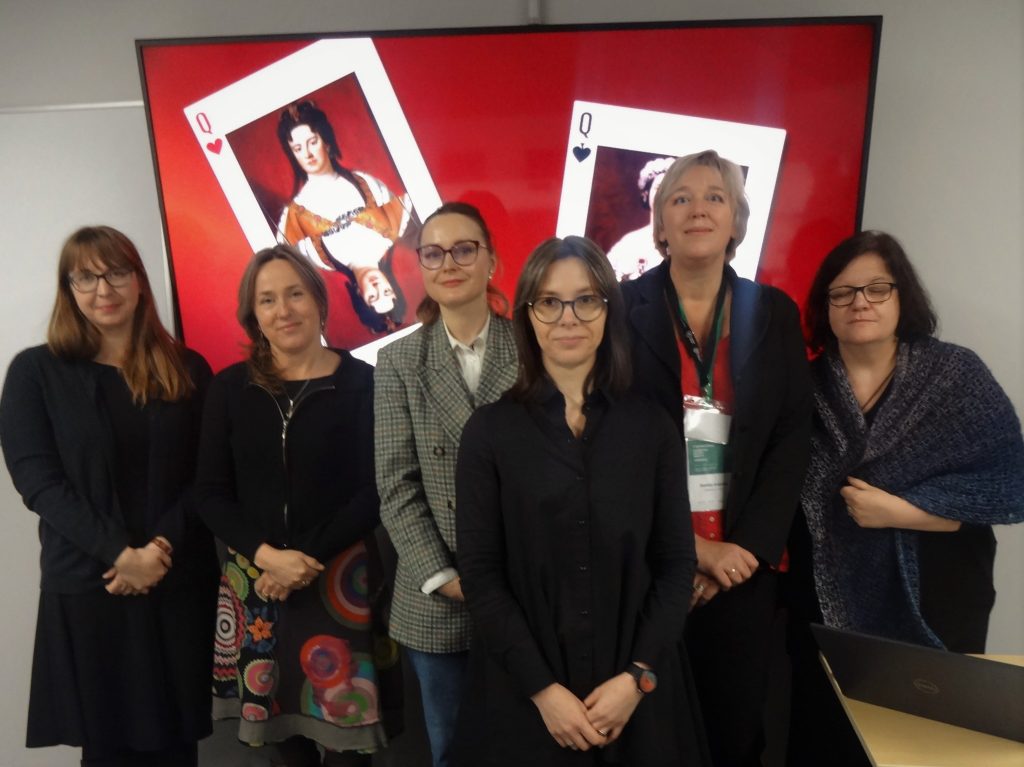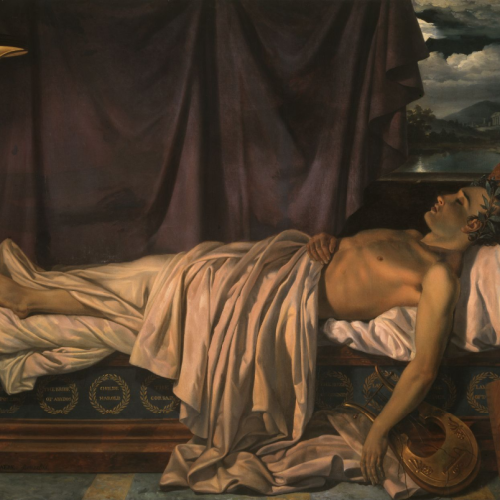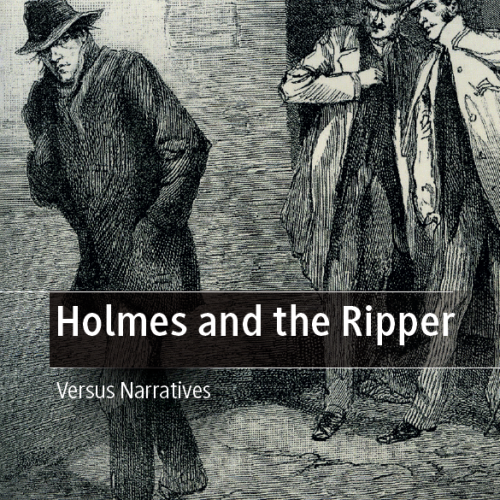Text by Lucyna Krawczyk-Żywko
The past is textual. It is constantly being read and reread, written and rewritten. De- and reconstructed, it may be deformed and dismissed or reclaimed and made redemptive. Despite the impossibility of its impartial examination, a spectre of objectivity still looms over many an approach to its analysis, just like the fidelity fallacy loomed over adaptation studies. The only ghosts lingering over our research group session, however, were of Dickensian origin.
Six members of our group participated in a session entitled “Rewriting the Past”, and the division and order of our talks seem to have organised themselves rather neatly:
1. The Past in Nineteenth-Century Texts
- Women Poets and Greek Heroines in Nineteenth-Century English Poetry – Dorota Osińska
- How the Aesthetes Rewrite the Renaissance: The Case of Sandro Botticelli’s Primavera and Its Echoes in British Poetry of the Aesthetic Movement – Małgorzata Łuczyńska-Hołdys
- The Gothic Tradition and A Christmas Carol – Magdalena Pypeć
2. The Nineteenth Century in Popular Culture
- Re-reading the Crime in Colin Dexter’s The Wench is Dead (1989) – Maria Błaszkiewicz
- Whitechapel Killer and the Transnational Turn – Lucyna Krawczyk-Żywko
- Representations of Queen Victoria in Indian films: The Black Prince (2017) and The Warrior Queen of Jhansi (2019) – Dorota Babilas
If we agree that history is adaptation (Tutan 2017) and that “[a]n adaptation, like the work it adapts, is always framed in a context – a time and a place, a society and a culture; it does not exist in a vacuum” (Hutcheon 2006: 142), our presentations should not only reflect our research interests, but also reveal a few shared themes and approaches; and they did.
“The Past in Nineteenth-Century Texts” part reflected the malleability of the past. The three main concepts delineating its extent were rediscovery (1.1 & 1.2), domestication (1.1 & 1.3), and the male vs female voice (1.1 & 1.2). “The Nineteenth Century in Popular Culture” part revolved around the concept of the palimpsest. It reflected a longing for detecting and deciphering the past (2.1 & 2.2), the influence of the present on the past (2.2 & 2.3), as well as the importance of the archive (2.1 & 2.3).
What both parts (unsurprisingly) made evident is the cyclical nature of history and adaptation – after all, contemporary revisionism is nothing new: “The Victorians had a habit of adapting just about everything – and in just about every possible direction … We postmoderns have clearly inherited this same habit, but we have even more new materials at our disposal …” (Hutcheon 2006: xi). The examples discussed, however, suggest that the ways the past is being rewritten now demonstrate a greater degree of critique and a considerable need for correcting and “re-righting” (Zabus 2001: 191) rather than appreciation and appropriation.
Thank you to everyone who joined us and if you have not, we hope to see you during our future events!

References
Hutcheon, Linda. A Theory of Adaptation. Routledge, 2006.
Tutan, Defne Ursin. “Adaptation and History.” The Oxford Handbook of Adaptation Studies, edited by Thomas Leitch. Oxford University Press, 2017, 576–586.
Zabus, Chantal. 2001a. “Subversive Scribes: Rewriting in the Twentieth Century.” Anglistica Vol. 5, No. 1. 191–207.

